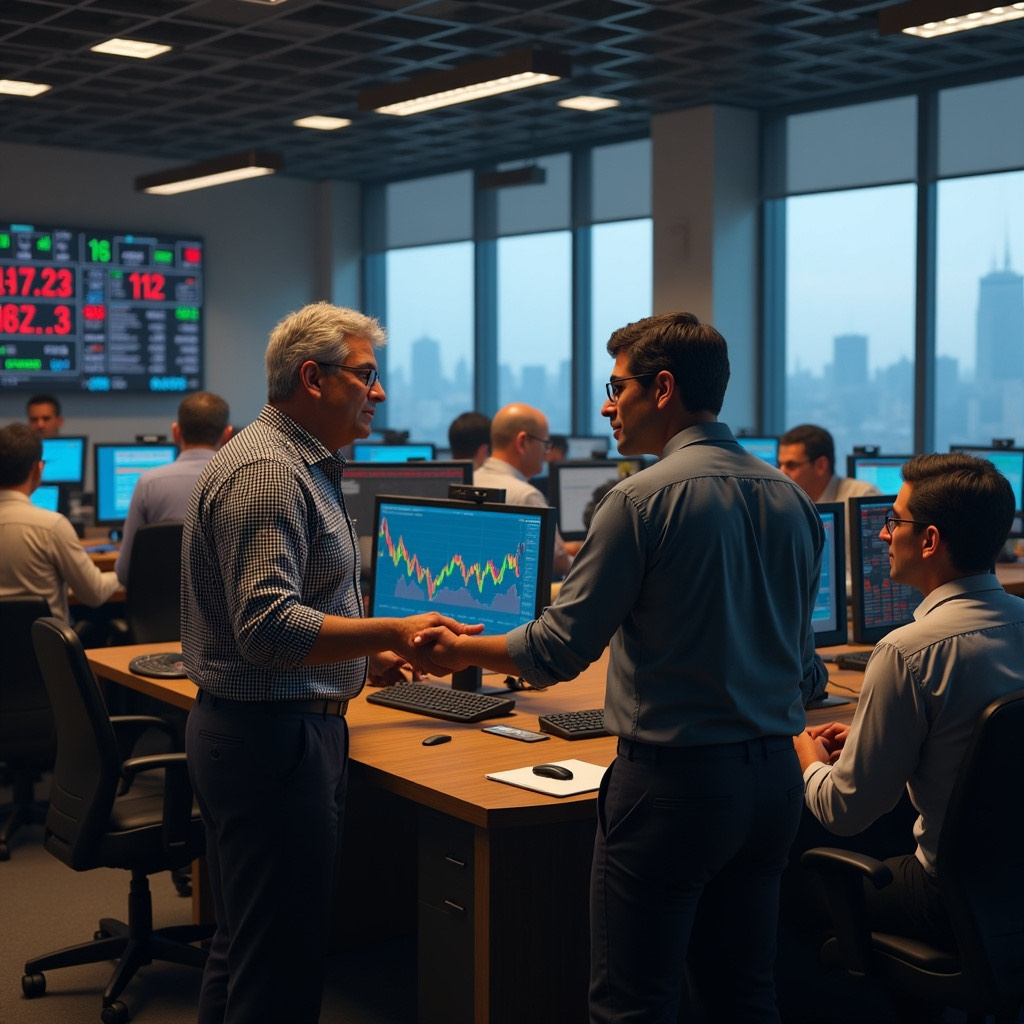As organizations across the financial sector continue to embrace remote or hybrid work options, seasoned energy analyst Kurush Mistry makes a compelling case for the irreplaceable value of physical presence on trading floors. With over a decade of experience in volatile energy markets, Mistry argues that the spontaneous interactions and relationship-building that occur in person are crucial for developing market expertise and mentoring the next generation of analysts.
“A creative environment is one of collaboration and osmosis,” Mistry says of the organic knowledge transfer that happens on trading floors. “I would be standing at my desk and I’d hear someone say something three or four desks away, and I’d just catch that. And then I’d go over to them and start a conversation.
“If I was at home, you can have all the Zoom calls you want, but everyone’s going to be on mute and that kind of conversation just isn’t going to happen as often as needed,” he observes.
In a business where timing is everything, overhearing a colleague mention a market development can make the difference between seizing an opportunity and missing it entirely.
Building Trust in a High-Stakes Environment
Beyond the exchange of information, Mistry emphasizes how physical presence facilitates the building of trust — particularly for newcomers to the industry. “If I was to work with another trader or portfolio manager that I had not worked with in the past, I would want to be physically with them for a couple of months at least,” he says. “So that we build that familiarity, we build the trust.”
Mistry describes the ideal scenario as “where you’re working as a team. There is a constant iterative process whereby analysis is presented to the traders. There’s feedback, they speak to someone, and they say, ‘No, actually this assumption of yours may not be valid, because I’ve spoken to someone at a refiner and they think what you’re saying is wrong.'”
The Mentorship Challenge
Perhaps the most compelling argument Mistry makes for in-person work relates to the development of junior talent. “When someone’s coming in with a little bit of reticence with senior people, viewing them as junior and not giving them the time of day, sometimes it’s very hard,” he notes. “But we should be selfishly motivated to help juniors because we want our teams to grow and our organizations to do well.”
Mistry’s own experience during the COVID-19 pandemic underscored the difficulties of remote mentorship. Even for someone with his extensive industry experience, building relationships with new team members proved challenging without face-to-face interaction. “It was a struggle, even for someone like me who’s been in the industry a long time. I had to put in so much extra effort to make those connections happen virtually that would have come naturally in person.”
The impact is even more pronounced for junior analysts who haven’t yet established their credibility. Without the opportunity to observe senior colleagues in action, absorb institutional knowledge through osmosis, and gain visibility through in-person presentations, their professional development can stall.
Finding the Right Balance
While Mistry acknowledges the benefits of remote work he advocates for a hybrid approach that preserves the essential elements of trading floor culture. “We shouldn’t go back to the old way of doing things full time,” he concedes. “But regular, in-person touchpoints, even if it’s just a couple of days a week or month, are essential for maintaining that collaborative spirit and passing the torch to the next generation.”
Mistry’s perspective comes from having witnessed the success of this approach firsthand. He proudly points to former mentees who have thrived under his guidance, crediting their growth in part to the opportunities for visibility and hands-on learning that in-person environments provide.
“I’m very proud that there’s one person who worked with me at Morgan Stanley, and he’s now a trader and an analyst at a very large company. He’s doing very well,” Mistry shares. “There’s one person at Freepoint Commodities who interned with us. I hired him into our group, and then over four or five years, he’s basically doing a lot of what I used to do.”
The Human Element in Data-Driven Markets
In an age where algorithms and data analytics increasingly drive market decisions, Mistry’s emphasis on human connection might seem counterintuitive. Yet his experience suggests that even in highly quantitative fields, the human element remains irreplaceable.
“If you’re given a module of code to write and you said, ‘Do this in the best possible way,’ sure, you can possibly do that on your own sitting at home,” he acknowledges. “But a creative environment is one of collaboration.”
This balance between technical analysis and human judgment, between data and intuition, is where Mistry sees the greatest value of in-person collaboration. By bringing diverse perspectives together in the same physical space, trading floors create an environment where ideas can be tested, refined, and implemented more effectively than they might be in isolation.



